Longannet: Barge plan alternative put forward
- Published
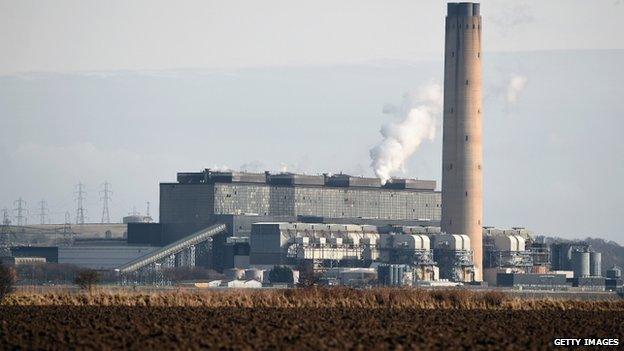
Longannet operator ScottishPower has warned the facility could close next year
Scotland's back-up energy supply could be provided by three to 10 gas-fuelled power stations on coastal barges.
The plan is being put forward by a London firm as an alternative to keeping Longannet power station open.
The giant coal-burner in Fife faces closure within a year unless it wins an auction to provide back-up supply.
That would keep it going for at least two years while grid connections between Scotland and England are improved.
Only once more transmission capacity is in place can Scotland be sure of maintaining voltage. A sub-sea link is being installed between Ayrshire and Merseyside, and cross-border links are being upgraded.
But until then, National Grid, which has responsibility to ensure the energy supply is maintained, says it has to strike a deal with a generating company to provide back-up power from coal, gas or oil burning power stations.
A decision is expected as early as this week. Deputy First Minister John Swinney was at Longannet on Monday to press the case for a decision that would retain the coal-burning plant and its 260 jobs.

The Fife plant is one of three bidding in an auction to provide back-up supply
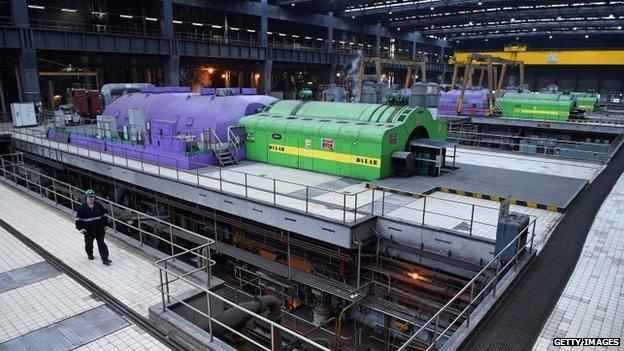
Three companies are in the auction to provide the power. ScottishPower is bidding with the Longannet plant.
SSE/Scottish Hydro wants the contract to go to its gas-burning Peterhead plant.
The third bid is understood to be from Tower Bridge Ventures, based in London, which plans to build specialised barges.
These would burn liquified natural gas (LNG) to provide power, as well as generating heat and cooling. These are designed to be more efficient than existing thermal power stations, and could also produce compressed air and fresh water.
The company's website refers to a pipeline of projects, the biggest of which is in Scotland, and for 375 megawatts (MW). The auction is for at least 350 MW.
Industry insiders say the barge-based bid could be at a major advantage if it can avoid the fixed grid access charge which the existing power plants have to pay. These run to tens of millions of pounds per year.
"This is untried and untested," said one source. "They're taking risks with the Scottish economy. This wouldn't even be considered for power supply in London."
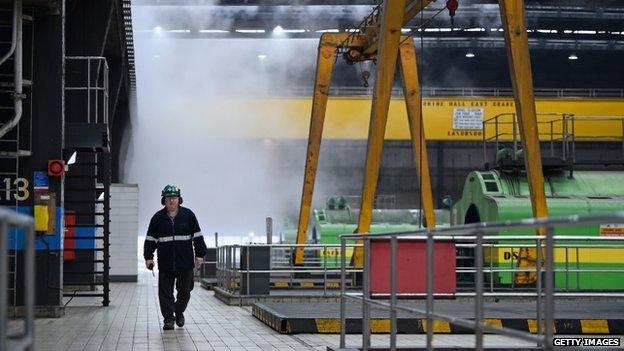
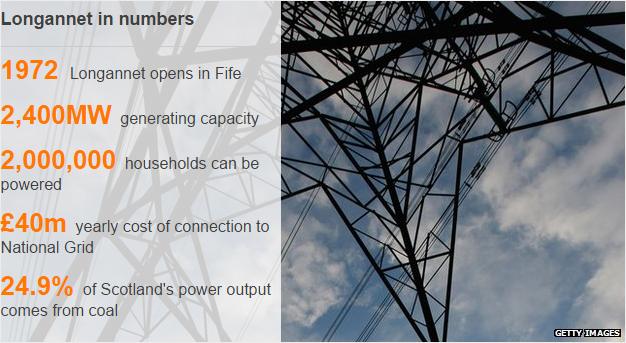
Helen Corey, chief executive of Tower Bridge Ventures, said the firm was set up in 2009, and will soon announce its engineering partners.
She declined to comment on the National Grid auction for Scotland, saying the company is in several commercially-sensitive discussions.
Its proposal to build floating power plants avoids the delays around planning approval for conventional ones. They can be moved to the communities where power is needed.
She said they could be a permanent solution to energy needs, or temporary to meet shortfalls, or provide emergency power, in the case of natural disasters.
'Political football'
Although the company is not yet operating any, the plan is for a variety of sizes, from 40MW up to 150 MW (30,000 to 110,000 homes).
Tower Bridge Ventures has been reported to be interested in setting up a base in Portsmouth, following the closure of the naval shipyard, from which it would also be able to supply power to the port city.
During his visit to Longannet, Mr Swinney urged the UK government to help prevent the early closure of Longannet, insisting it still had a vital role to play in delivering the country's energy supply.
Scottish Conservative energy spokesman Murdo Fraser claimed it was the Scottish government's "obsession with developing vast amounts of intermittent and expensive wind energy that has contributed to the current situation".
The energy union Prospect urged politicians to stop treating the troubled power station like a "political football" and urged them to work together to secure its long-term future.
- Published11 March 2015
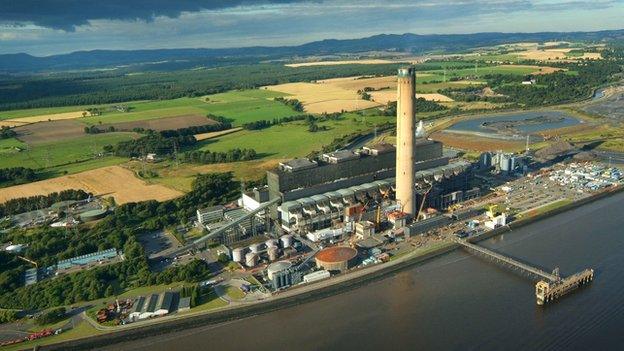
- Published16 February 2015
